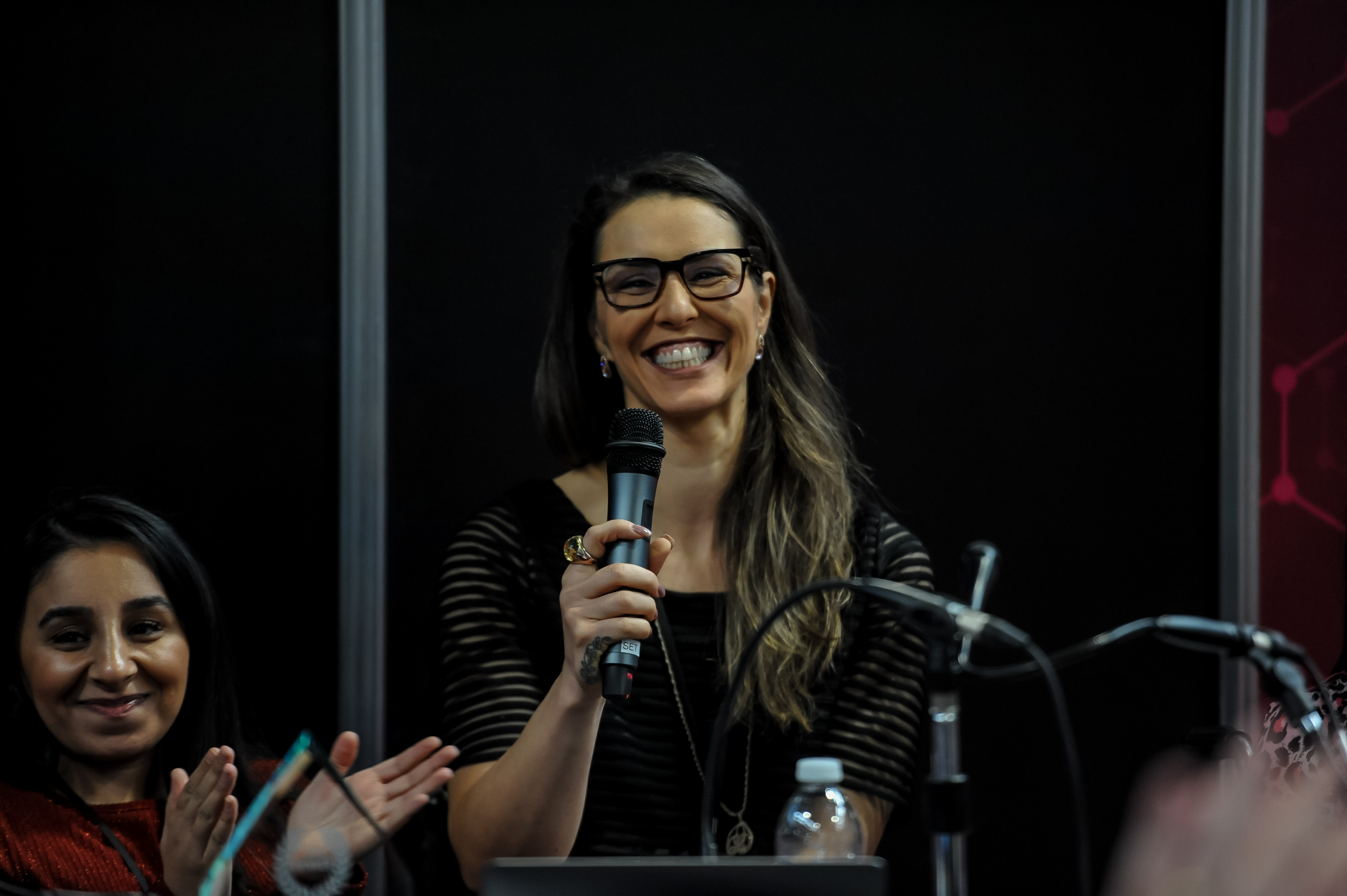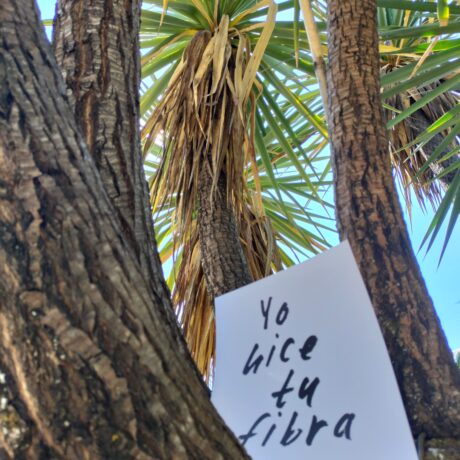Is inclusivity part of the sustainable spectrum?
This is a guest blog post by Samanta Bullock and Ana Román from SB Shop.
The fashion industry is much more than just trends; it is a way to communicate our ideas and our personality. We are part of a diverse planet, with many unique people with different abilities. This is why we should design functional, universal garments; inclusive fashion.
Did you know that there are 1.2 billion disabled people around the world? It’s time for brands to become aware. For the last couple of years, this gap has started to be filled, bringing some positive changes for this part of society. Even high fashion brands like Tommy Hilfiger have begun to pave the way for equality. Inclusive fashion aims at the acceptance of all people without exception: clothes for all.

Inclusion (noun)
1. the act of including someone or something as part of a group, list, etc., or a person or thing that is included:
2. the idea that everyone should be able to use the same facilities, take part in the same activities, and enjoy the same experiences, including people who have a disability or other disadvantage
Following by example, many brands are getting a more conscious mindset and started to invest in the disability fashion and finally recognise and give voice to Purple Pound; which is how the economic power of disabled people are called. In the UK, the fashion industry loses around half a million pounds weekly just by not being inclusive. As an example, the SB Shop gives consultancy to brands, making them have an inclusive mindset, not only through education but also by creating and designing collections with them.
Inclusive fashion is when a garment is designed to be useful to everybody, including the disabled community.
The great challenge for the future is genuine inclusion. Long gone are the fashion shows and magazine editorials with plus-size or racialised models who were used to tick the diversity box. This is no longer enough; the population is asking for more. We need to raise visibility and representation from the top of the chain so that consumers and customers with disabilities can feel reflected and identified as a part of society. Different people have different needs, and they must be considered.
That being said, if inclusive fashion must work for everyone, then… inclusive fashion is sustainable. Because, what is the meaning of sustainability?

Sustainability (noun)
1. able to be maintained at a certain rate or level. eg. “sustainable economic growth”
2. able to be upheld or defended. eg. “sustainable definitions of good educational practice”
Sustainability isn’t only about being green or eco; it also involves things that work long-term, so it involves society and its needs.
Sustainable fashion involves continuous work to improve all stages of the production cycle, starting with the design. We aspire to a broader market that offers fashion for all citizens through the fit and flexibility of design. When designing a new product, a broad range of wearers isn’t kept in mind, making the industry more wasteful. People need to find or create a unique collection to reach this niche, which is not sustainable.
Garment design is directly related to how it affects the wearer’s quality of life and self-expression. Fashion reaches 100% of the population, and it can be used as a social tool to make a positive impact. We claim to live in a diverse society. Still, like most things, fashion has been designed for slim young people while excluding a large part of the population, especially people with diverse needs. At some point in all of us, our motor skills will decrease with age. Buttoning a shirt will no longer be as easy as it could be now. Neither will be fastening a bra at the back. We live in a fast-paced era of social change. Inclusive mindsets have to evolve, and with that will come the rest.
Further reading








